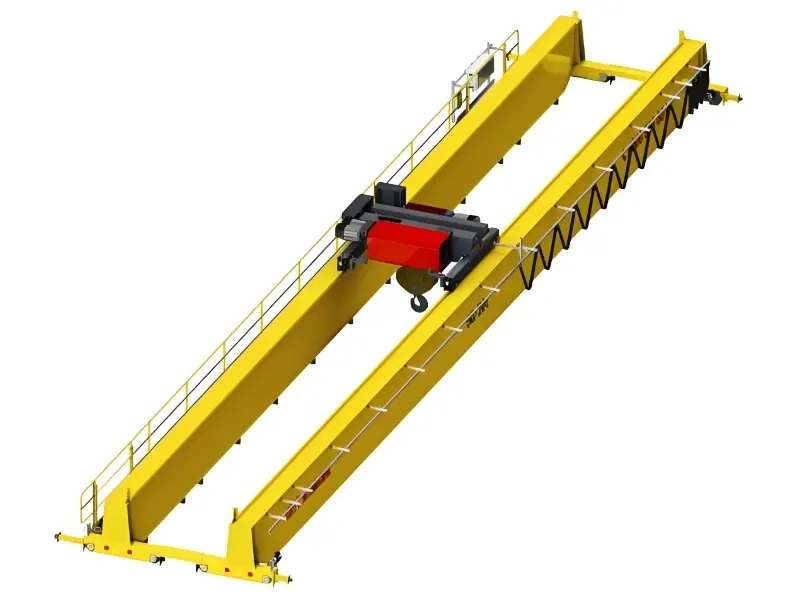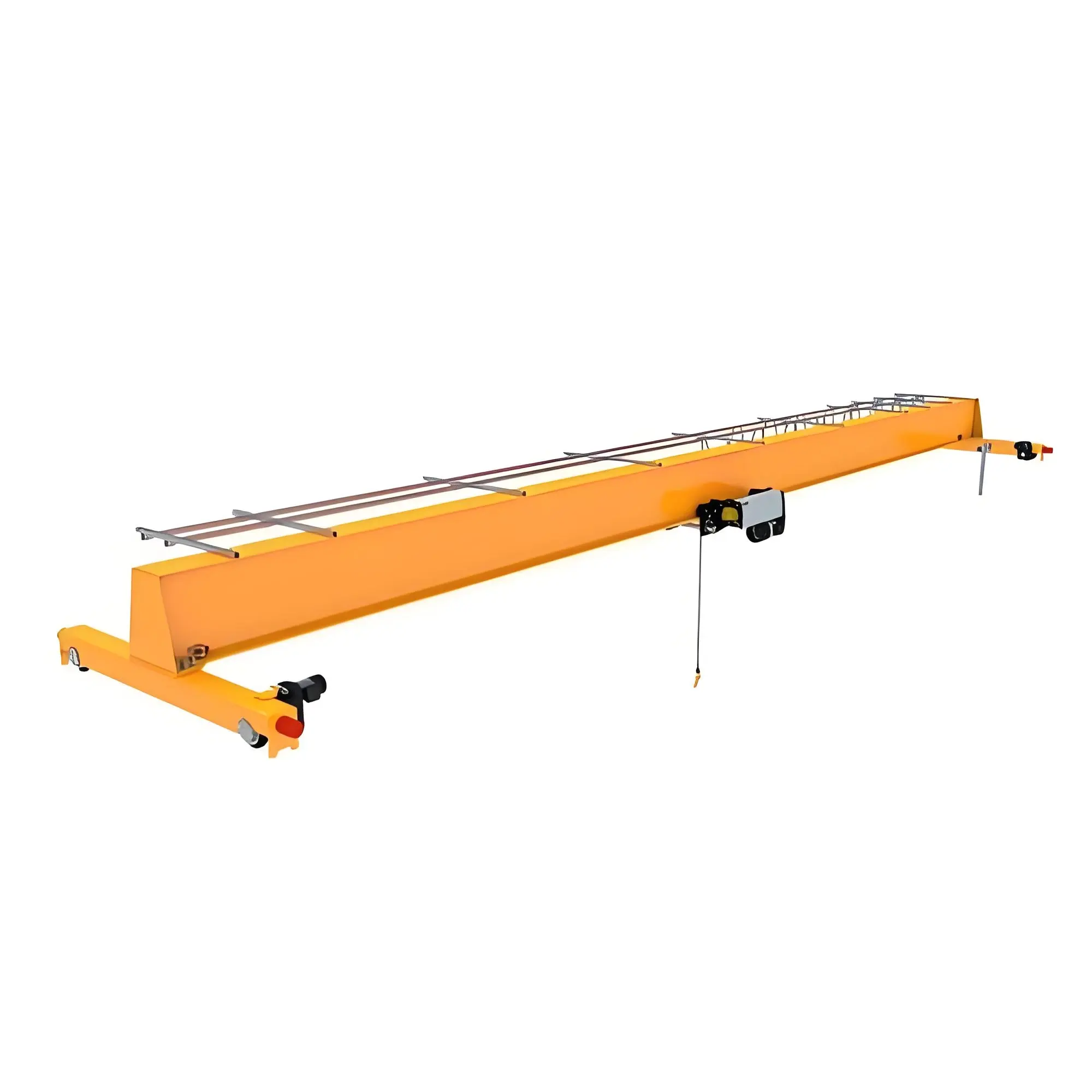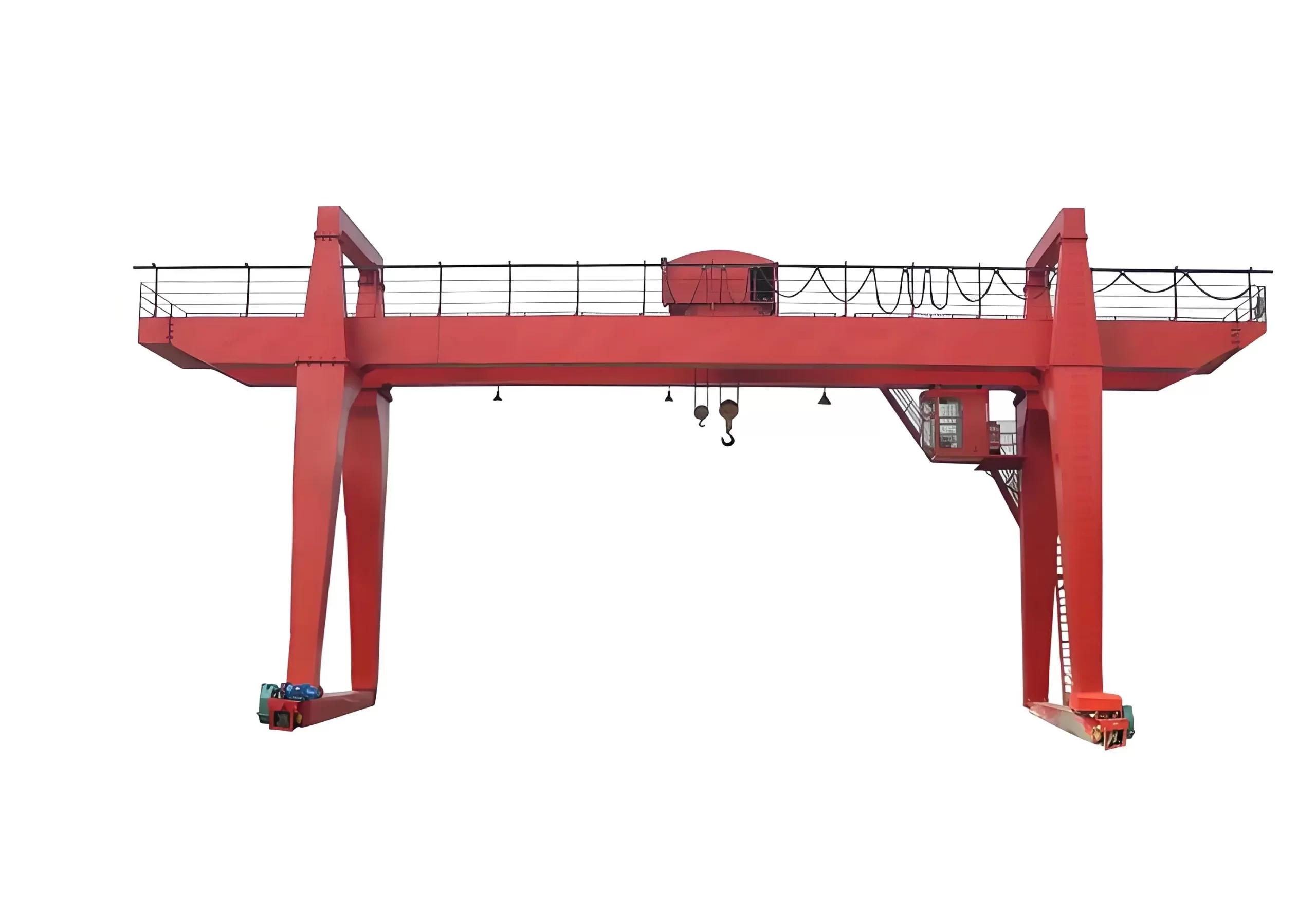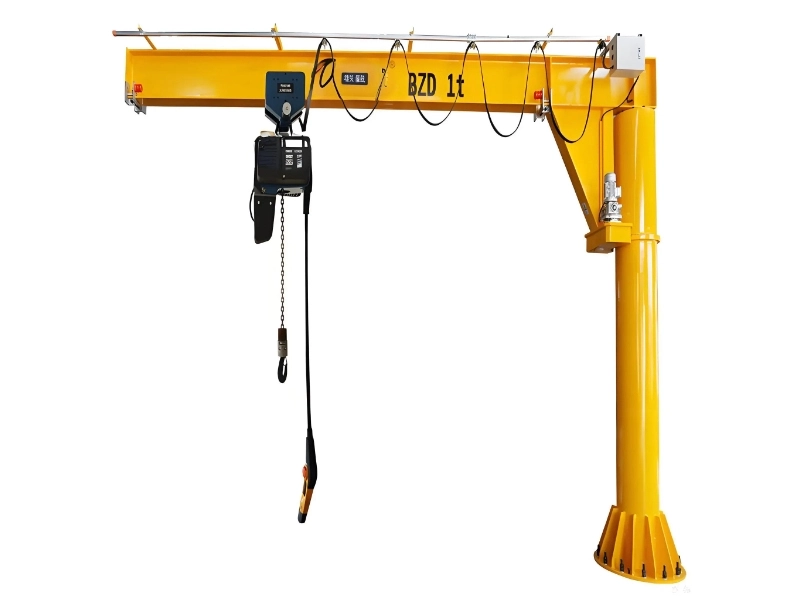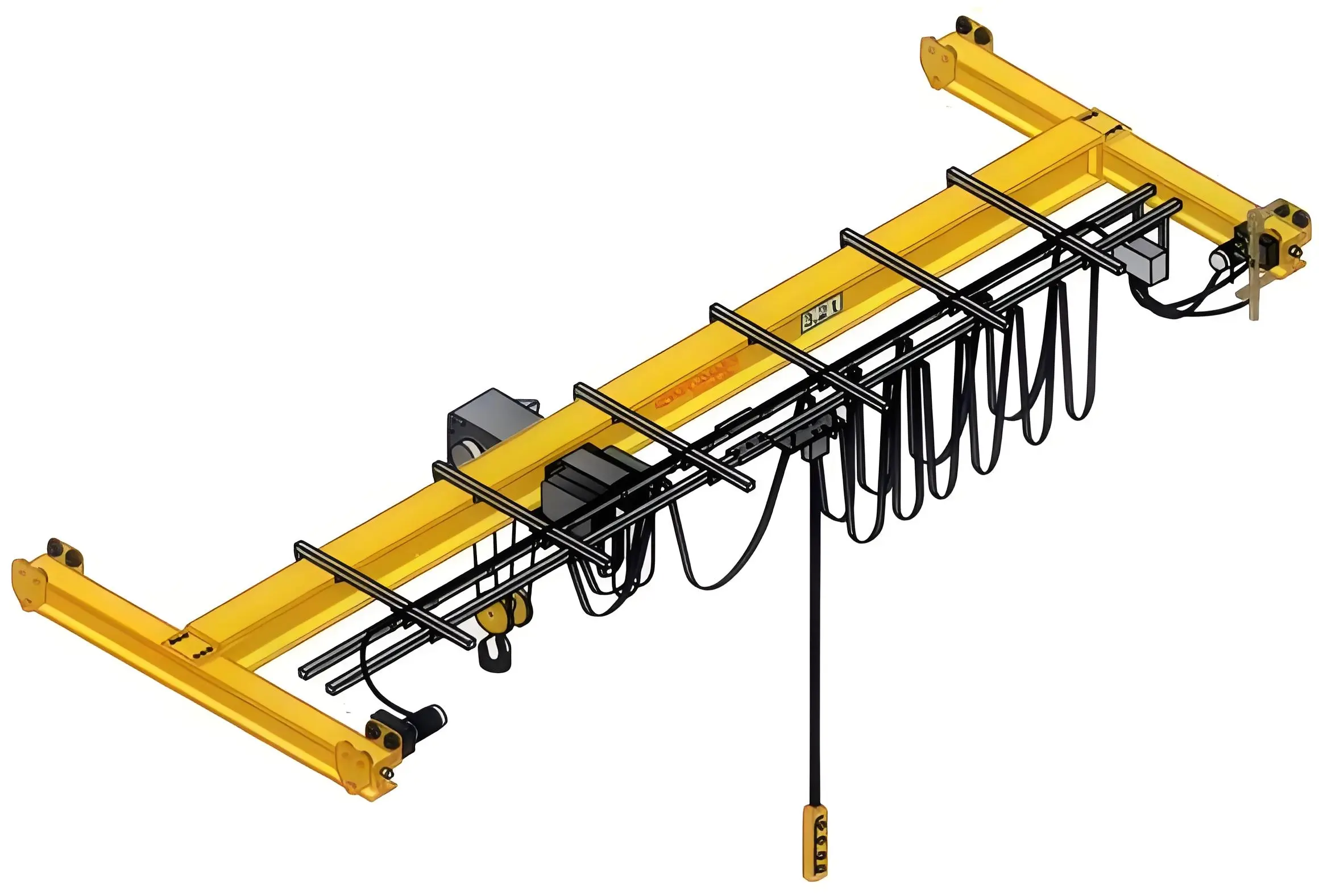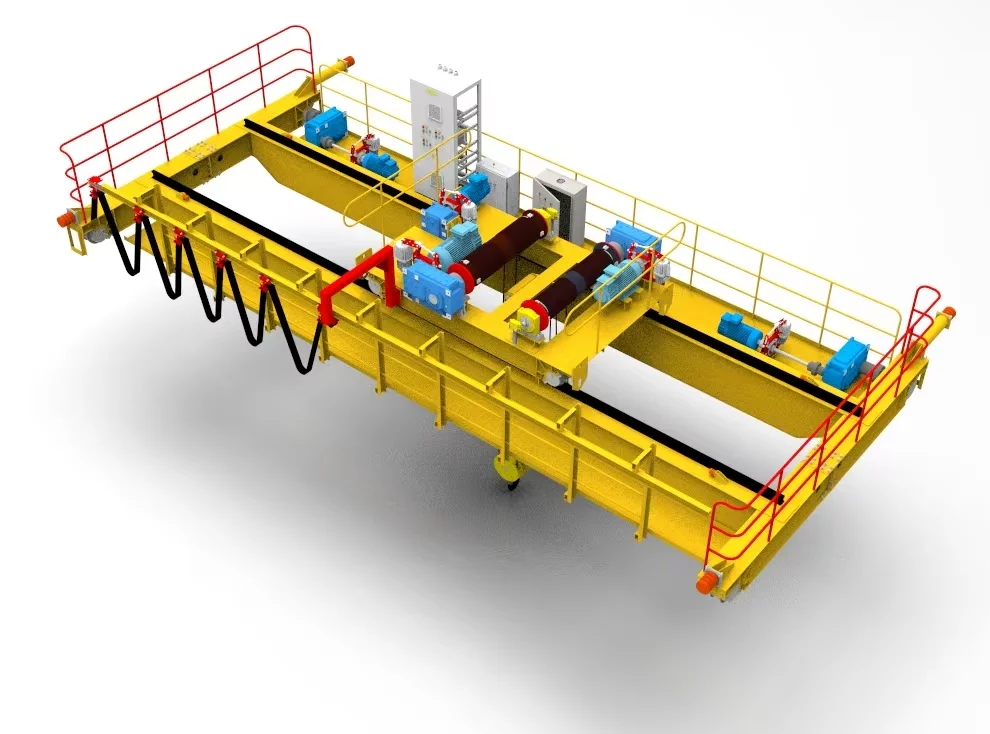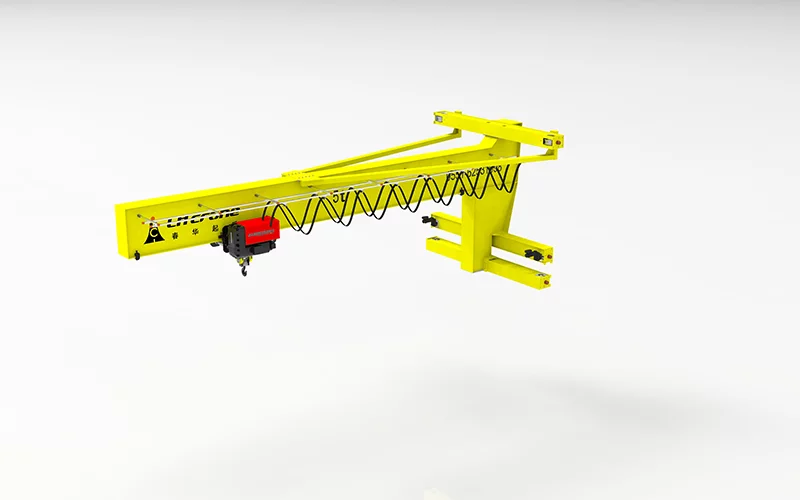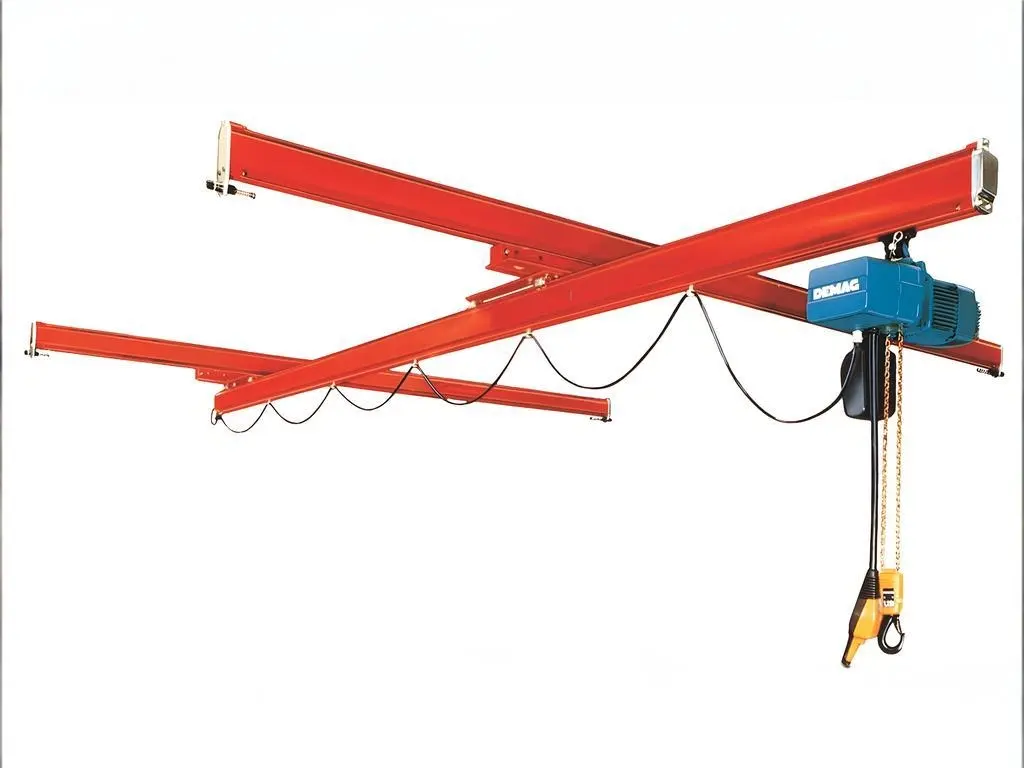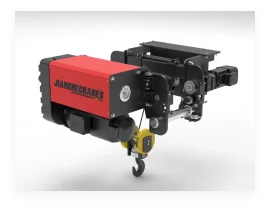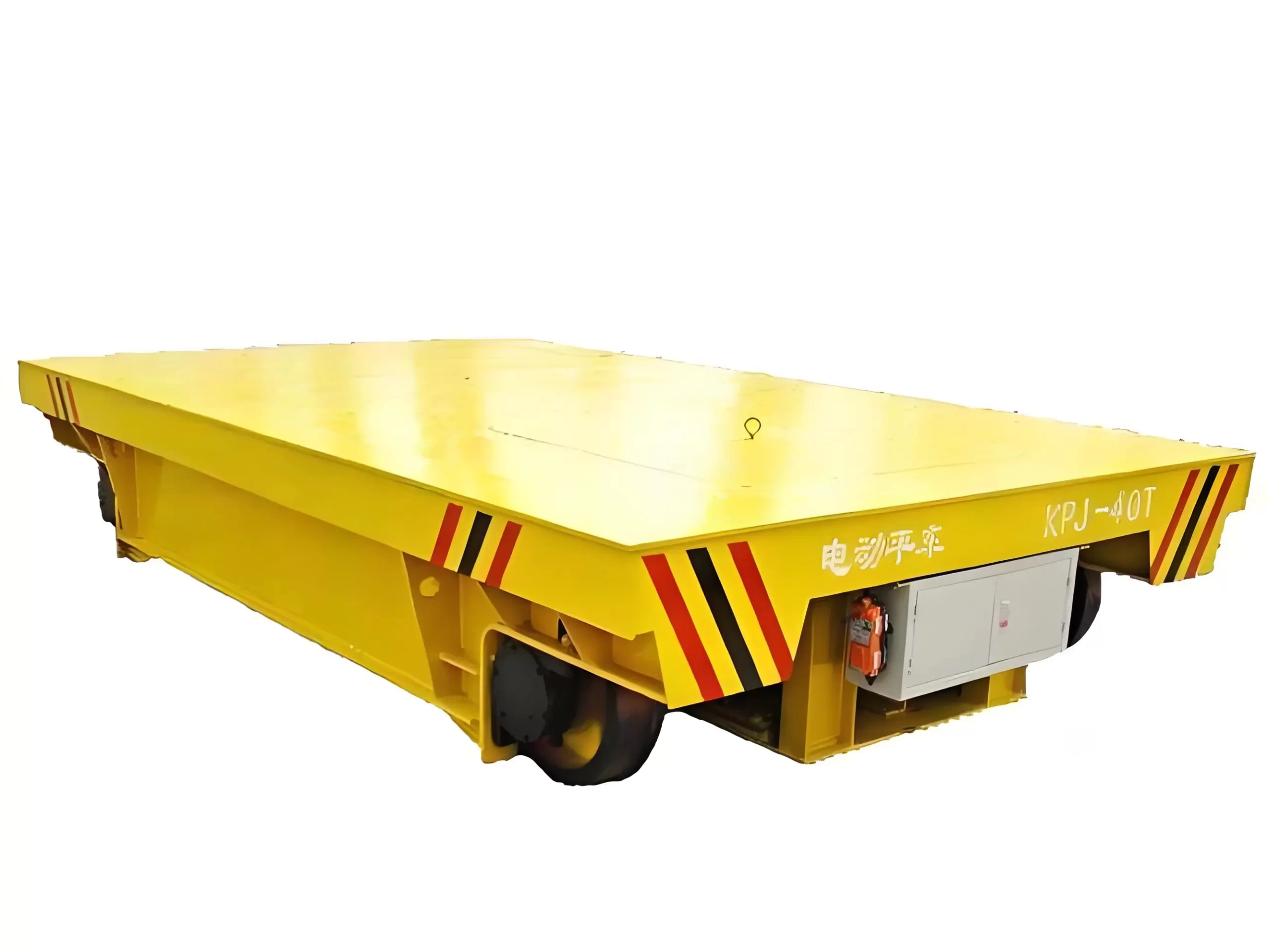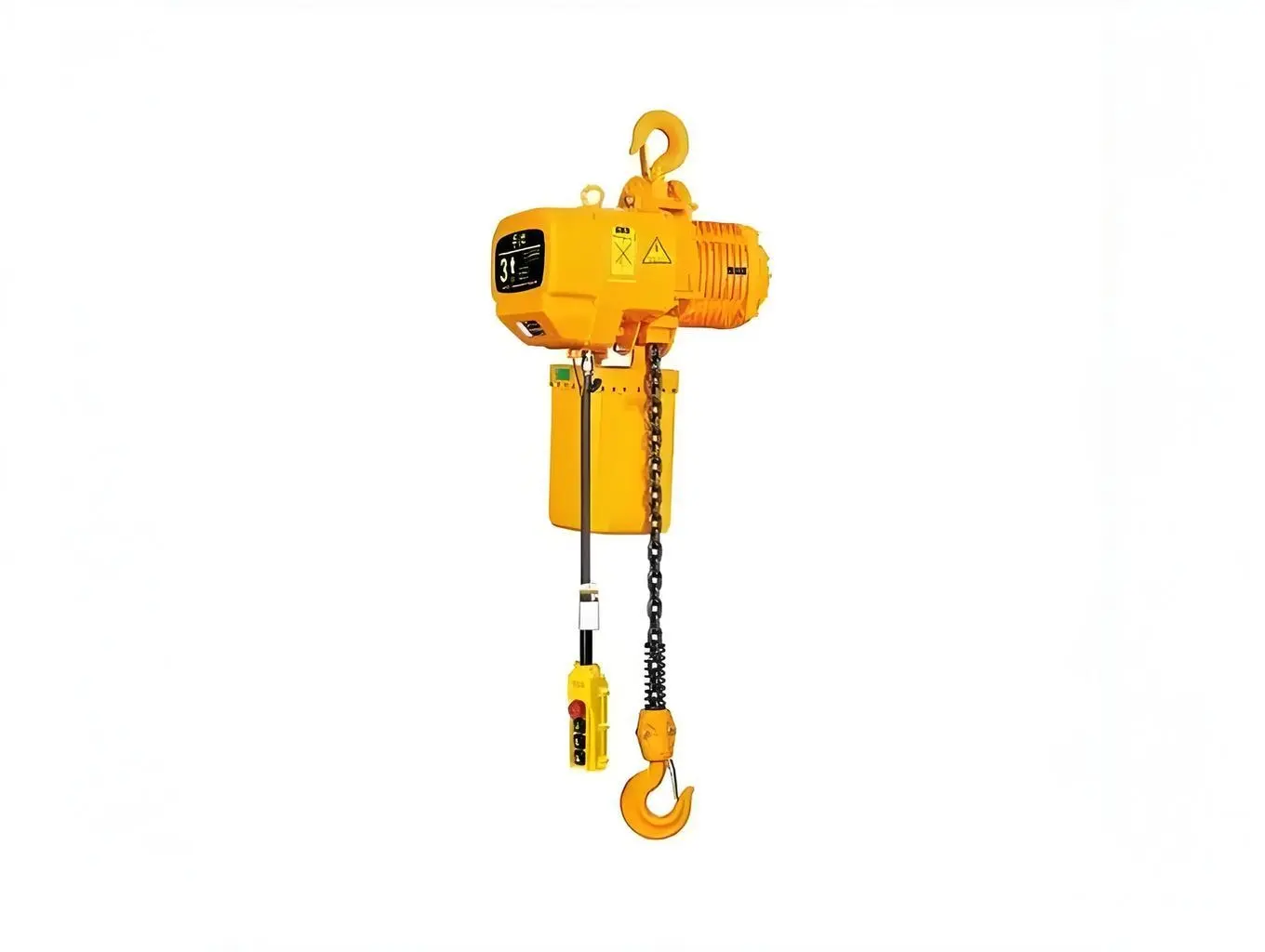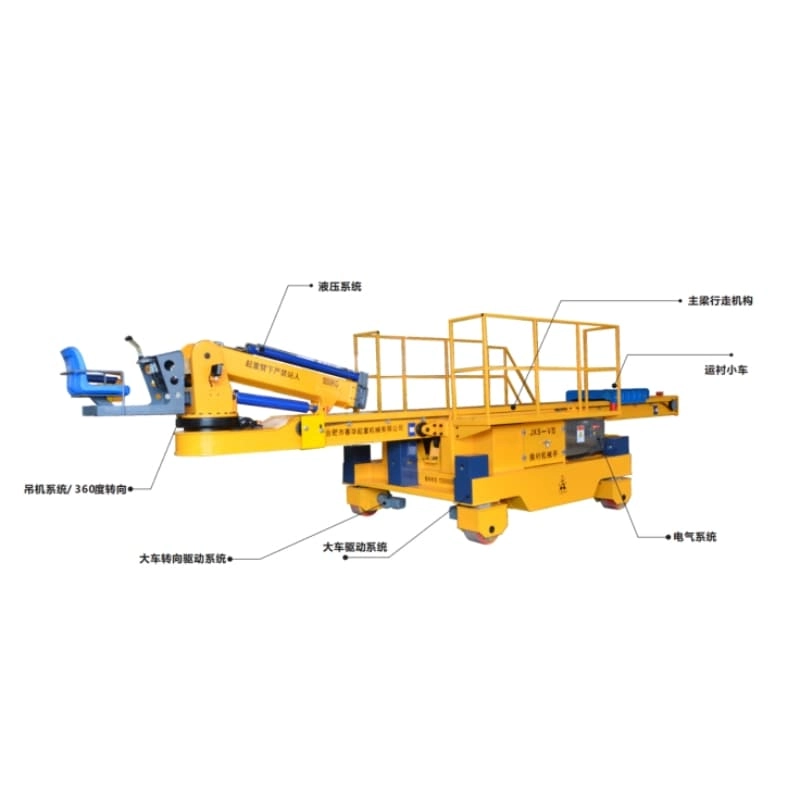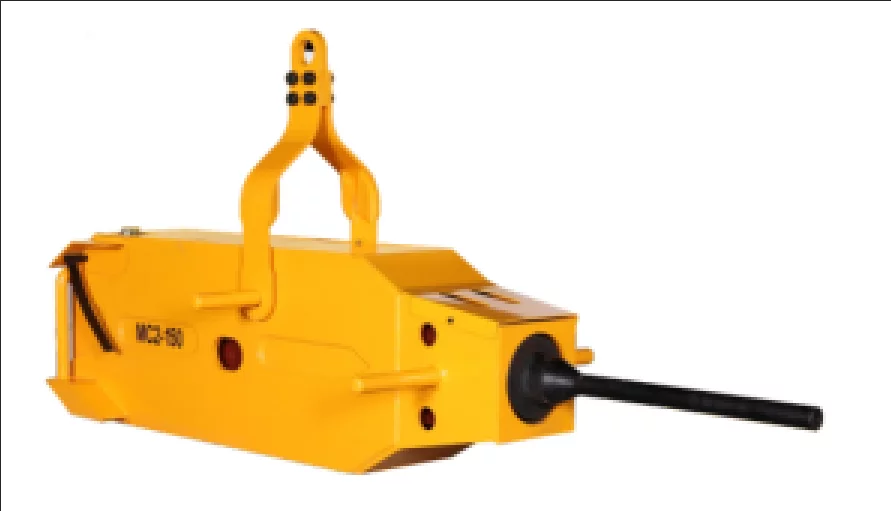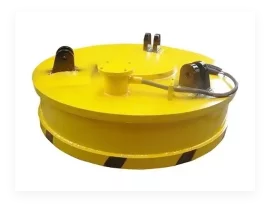Single Girder Bridge Cranes
Single Girder Bridge Cranes: Single girder cranes feature a simpler design with a single beam spanning the crane runway. This configuration reduces overall weight and construction complexity, making them suitable for light to moderate lifting tasks. The hoist mechanism typically travels on the lower flange of the girder, providing easier maintenance access and minimizing the crane’s overall height. These cranes are cost-effective and ideal for facilities with limited space or lower ceiling heights.

Single girder bridge cranes feature a single main beam that supports the hoist and trolley. They are ideal for lighter loads and smaller work areas.
Advantages:
- Lower cost than double girder cranes
- Compact design for limited spaces
- Easy to install and maintain
Disadvantages:
- Limited load capacity compared to double girder cranes
- Less stable under heavy loads
- Not suitable for long spans or heavy-duty applications
Double Girder Bridge Cranes
Double Girder Bridge Cranes: In contrast, double girder cranes are characterized by two parallel beams (girders) that offer enhanced strength and stability. This design supports heavier loads and allows for greater spans, making them suitable for heavy-duty applications in industries such as steel mills, foundries, and large manufacturing facilities. The hoist is typically mounted on a trolley that moves along the top of the girders, providing higher hook heights and greater lifting capacities.
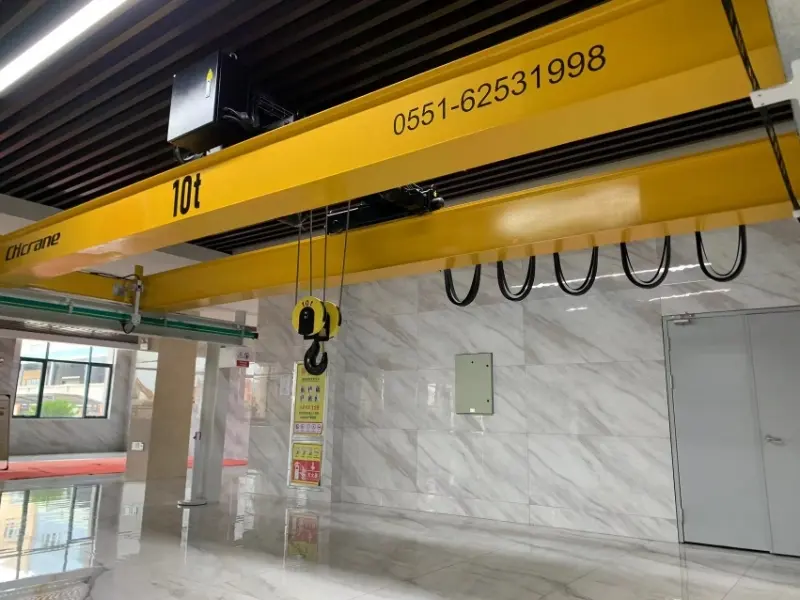
Double girder bridge cranes employ two parallel main beams to support the hoist and trolley. They are preferred for heavier loads and larger work areas.
Advantages:
- Higher load capacity than single girder cranes
- Increased stability for handling heavy loads
- Suitable for long spans and heavy-duty applications
Disadvantages:
- Higher cost than single girder cranes
- Larger footprint requires more space
- More complex installation and maintenance
Key Factors to Consider
When choosing between a single or double girder bridge crane, several factors should be considered:
- Load Capacity: Determine the maximum weight the crane needs to lift.
- Span Length: Consider the distance the crane will cover from end to end.
- Work Area: Assess the available space for the crane’s operation.
- Duty Cycle: Determine how frequently the crane will be used and for how long.
- Budget: Consider the cost of the crane, installation, and maintenance.
Performance and Application Considerations
Lifting Capacity and Span: Double girder cranes excel in lifting heavier loads and spanning longer distances compared to single girder cranes. Their robust construction and increased structural integrity enable them to handle large components and materials with ease. This makes them indispensable in environments requiring high load capacities and extensive coverage.
Headroom and Hook Height: Due to their design, double girder cranes generally require more overhead clearance above the runway beams. This is because the hoist travels on top of the bridge girders, significantly improving hook height and allowing for efficient handling of oversized items. In contrast, single girder cranes, with the hoist traveling on the lower flange, may have limited hook height and might be more suitable where overhead space is restricted.
Cost and Long-Term Viability
Initial Investment vs. Long-Term Benefits: While single girder cranes typically have a lower initial cost and are easier to install and maintain, double girder cranes offer advantages in terms of durability and long-term operational efficiency, especially in demanding industrial environments. The choice between the two often depends on budget constraints, operational requirements, and the specific needs of the application.
Detailed Comparison
| Feature | Single Girder | Double Girder |
|---|---|---|
| Load Capacity | Lower | Higher |
| Stability | Less stable | More stable |
| Span Length | Suitable for shorter spans | Suitable for longer spans |
| Cost | Lower cost | Higher cost |
| Footprint | Smaller footprint | Larger footprint |
| Maintenance | Easier to maintain | More complex to maintain |
Conclusion
Selecting the right bridge crane—whether single or double girder—requires a careful assessment of lifting capacities, spatial constraints, and operational demands. Single girder cranes are economical and well-suited for lighter loads and smaller workspaces, whereas double girder cranes provide superior strength and versatility for heavy-duty applications. Understanding these distinctions ensures that businesses can optimize their material handling processes, enhancing productivity and safety across diverse industrial settings.
For expert guidance in choosing and implementing overhead crane systems tailored to your requirements, consult with Chunhua Group. Our industry-leading expertise ensures the selection of crane solutions that are efficient, reliable, and perfectly suited to your operational needs.
Additional Considerations
Safety and Regulations
Ensure that the crane meets all applicable safety regulations and standards, including OSHA and ANSI. Regular inspections and maintenance are crucial for safe operation.
Customization
Bridge cranes can be customized to meet specific requirements. Consider factors such as hoist type, trolley design, and control systems.
Benefits to Users
- Improved productivity and efficiency
- Increased safety for workers and equipment
- Reduced downtime and maintenance costs
- Greater flexibility and versatility in material handling
- Enhanced workplace ergonomics
Crane Load Capacity by Type
| Crane Type | Load Capacity |
|---|---|
| Single Girder | Up to 15 tons |
| Double Girder | Up to 100 tons or more |
Crane Span Lengths by Type
| Crane Type | Span Lengths |
|---|---|
| Single Girder | Typically up to 50 feet |
| Double Girder | Typically over 50 feet |
FAQs
FAQ 1: What is the difference between a hoist and a trolley?
A hoist is the device that lifts and lowers the load, while a trolley moves the hoist horizontally along the crane beam.
FAQ 2: What is the duty cycle of a crane?
Duty cycle refers to the percentage of time the crane is actively used in a given period.
FAQ 3: How often should a crane be inspected?
Annual inspections are recommended for most bridge cranes, with more frequent inspections required for heavy-duty applications.
FAQ 4: Can bridge cranes be used outdoors?
Yes, but they require special weatherproofing measures to protect against the elements.
FAQ 5: What are the safety features of a bridge crane?
Safety features include overload protection, limit switches, and emergency stop buttons.

